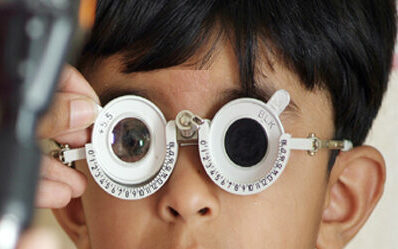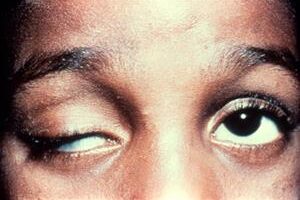
Understanding and Conquering Eye Diseases: Navigating Care at Mahesh Netralay
At Mahesh Netralaya, we recognize the profound impact that eye diseases can have on one’s quality of life. Our dedicated Eye Disease Section is committed to providing comprehensive diagnostic, therapeutic, and preventive solutions to address a spectrum of ocular conditions. Guided by our mission to preserve and restore vision, our team of specialized professionals combines expertise with empathy to deliver personalized care tailored to your unique needs.
Comprehensive Eye Disease Diagnosis:
Early detection is key to managing eye diseases effectively. Mahesh Netralaya employs cutting-edge diagnostic technologies to detect and diagnose a range of eye conditions, from common refractive errors to more complex issues such as glaucoma, macular degeneration, diabetic retinopathy, and more. Our commitment to accurate diagnosis ensures timely interventions and better outcomes for our patients.
Specialized Treatment Plans:
Once a diagnosis is established, our team of experienced ophthalmologists creates individualized treatment plans. Mahesh Netralaya is equipped with state-of-the-art facilities, allowing us to offer a wide array of treatment options, including medical management, surgical interventions, laser therapy, and more. Our approach is focused on not only addressing the symptoms but also on improving your overall eye health.
Innovative Therapies:
Staying at the forefront of medical advancements, Mahesh Netralaya incorporates innovative therapies in the treatment of eye diseases. From groundbreaking medications to advanced surgical techniques, our commitment to adopting the latest medical technologies ensures that our patients have access to the most effective and modern treatments available.
Patient Education and Empowerment:
We believe that knowledge is a powerful tool in managing eye diseases. Our Eye Disease Section places a strong emphasis on patient education, providing resources and information to empower individuals in understanding their conditions. We work collaboratively with our patients, involving them in decision-making processes and guiding them towards making informed choices for their eye health.
Glaucoma
Glaucoma leads to severe consequences like blindness or permanent change in vision, if ignored or goes untreated. It’s a disease which happens due to damage of the optic nerve from excess fluid pressure in the eye, which is also known as aqueous humour. Latest treatment methods suggest anti-glaucoma compositions that are effective in reducing the intraocular pressures.

Squint
Intermittent or constant, this deficiency takes place because eyes get misaligned, in different directions. Usually, the eyes are supported and held by 6muscles, but in case of squint, the stronger muscle pulls the eye towards it, and it can be inward or outward. The reasons can be varied, like heredity, nerves defect, poor vision or defect of eye muscles. This disorder can happen at any age, but empirically, studies have cited, they happen in infants and young children.

Paediatric (Children)
Even when vision problems are just one part of a complex health condition, ophthalmology in children is part of helping kids reach their full potential.From the youngest children who can’t tell us what they see, to those getting their first pair of glasses, we focus on the unique eye care needs of kids. Our pediatric ophthalmologists help your child achieve the best vision possible with routine and specialized care.
Cataract
A cataract is a clouding of the lens in the eye that affects vision. Most cataracts are related to aging. Cataracts are very common in older people. By age 80, more than half of all Americans either have a cataract or have had cataract surgery.

Dacryocystitis
Dacryocystitis is an inflammation of the lacrimal sac, often as a result of infection. It may be acute or chronic. Dacryocystitis is an inflammation or infection of the lacrimal sac that occurs when the lacrimal drainage system is obstructed and bacteria infects the sac.The lacrimal sac is part of the system that connects the eyes to the nasal cavity in order to drain tears away from the surface of the eye.Dacryocystitis causes unilateral tearing, discharge, swelling,redness, and pain in the inner inferior canthus (the area adjacent to the nose). This inflammation may be acute or chronic, and it can be congenital or occur later in life.

Pterygium
A pterygium is a non-cancerous growth that starts in the clear, thin tissue (conjunctiva) of the eye. This growth covers the white part of the eye (sclera) and extends onto the cornea. It is often slightly raised and contains visible blood vessels. The problem may occur on one or both eyes. Pterygia may be small, or grow large enough to interfere with vision and cause irritation.
Chalazion
Chalazia are lumps in or along the edge of an eyelid. They may be painful or annoying, but they are rarely serious. Most will go away on their own without treatment.Chalazion is a swelling in your eyelid caused by chronic inflammation of one of the small oil producing glands (meibomian glands) located in the upper and lower eyelids. This swelling is localized and often resembles a pea-like lump under your eyelid skin. A chalazion is usually a reaction to trapped oil secretions and not caused by bacteria, although the site can become secondarily infected by bacteria.

